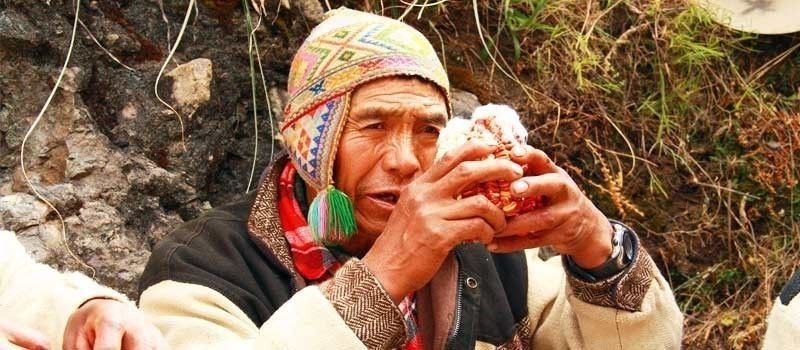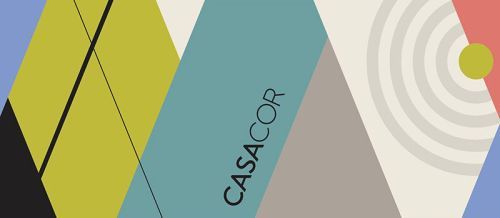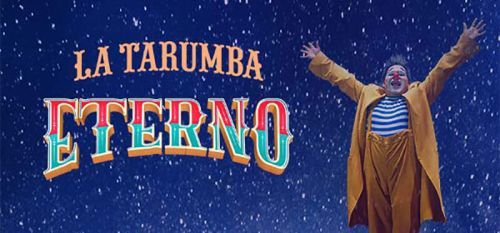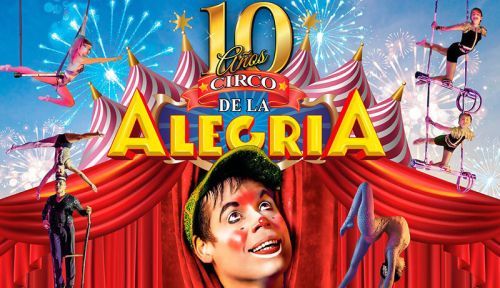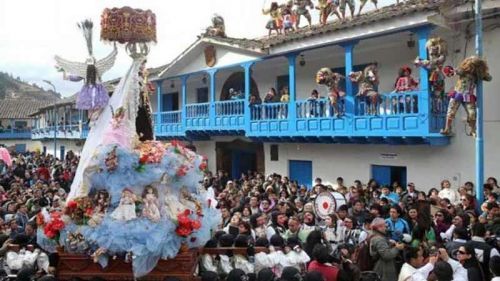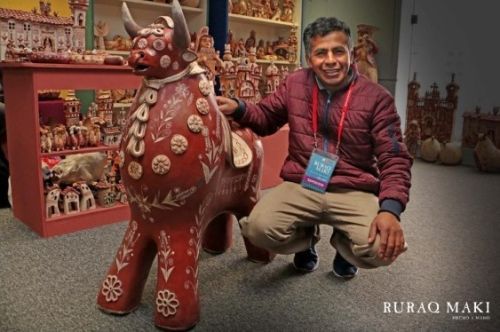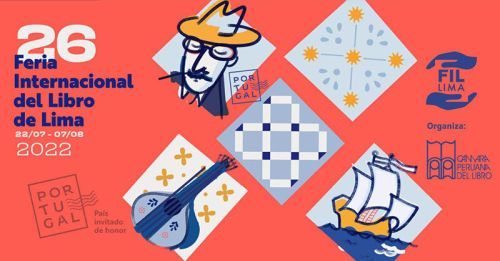The earliest people to inhabit what we now call Peru probably arrived in the Andes about 13,000 B.C. These people were hunters and gatherers. On the coast they fished and collected shellfish.
In the lowland forests they found plenty of game to hunt, and in the mountains, they hunted wild vicuna and guanaco (both are mammals similar to the llama and common to South America).
Farming probably began about 2000 B.C. In the coastal river valleys and highlands, people cultivated corn, potatoes, beans, squash, and some fruits. They built canals to irrigate land on the desert coast and to bring water to the higher land during the dry season. They also built agricultural terraces on steep mountain slopes. Farmers herded llamas and alpacas to provide wool and meat and to use as pack animals. They also had dogs and kept guinea pigs for food.
These people lived in simple adobe-mud brick or rough stone houses. Pottery making developed as the people needed containers for storing, cooking, and brewing their produce. At the same time, as supplies of cotton and wool increased, people learned the art of weaving.
Separate civilizations developed with their own cultures and languages, particularly in the river valleys. By 1200 B.C. the Sechín people had built the largest ceremonial center in the Americas, a huge, stone-faced platform standing 132 feet (40 meters) high.
Parts of the walls, carved with macabre heads and torsos, have survived. The Sechín civilization is usually linked with a highland culture, that of the Chavín, which is well known for its stone carvings, often of jaguar and other animal themes. Both the Sechín and the Chavín cultures developed farming, domesticating animals, and ceremonial centers around the same time.
The south coast Paracas and Nazca civilizations emerged around 200 B.C. Mummies of the Paracas culture have been found wrapped in some of the finest weaving's ever produced by early peoples, while pottery of both cultures was well advanced in style, design, and color.
Today people of the Nazca culture are best known for the Nazca Lines (a huge set of extraordinary lines and animal designs including birds, a whale, a spider and a monkey) that they drew on the desert. Many experts have puzzled over the significance of these drawings, which are so large they must be seen from the air to be fully appreciated.
Between 100 A.D. and 800 A.D., the Moche people created a great empire on the north coast. Many of the Moche were skillful engineers who built roads, irrigation canals, and aqueducts. They constructed two of the world's largest adobe-mud pyramids, the Huaca del Sol and the Huaca de la Luna (Temple of the Sun and Temple of the Moon). Their craftspeople produced fine ceramic pots and objects in gold, silver, and precious stones.
Other great civilizations included the Wari-Tiwanaku, which dominated much of central and southern Peru from about 600 to 1000 C.E., and the Chimú, which extended over most of Peru's north coast. Wari developed around Ayacucho in the Peru highlands, and Tiwanaku developed south of Lake Titicaca. Despite the distance between the two cultures, they share significant similarities in design, weavings, ceramics, and architecture. The capital city of Tiwanaku was located near Lake Titicaca in present-day Bolivia. The city was built up out of wetlands through a process called raise-field agriculture. In this process, huge beds of earth are removed from dry areas and placed in swamps and lakes for the purpose of transforming wetlands into land suitable for farming.
Some anthropologists have suggested that Tiwanaku's expansion into Wari territory in present-day Peru was motivated by a need for more land for growing crops. The origins of the Chimú people are steeped in legends about people who came from the sea. The center of their empire was Chan Chan, a sprawling mud-brick city that housed thousands of artisans - women who were weavers of fine cloth and men who crafted metal objects and jewelry. Chimú was a highly developed civilization but was not strong enough to resist an Inca invasion sometime between 1462 and 1470.


